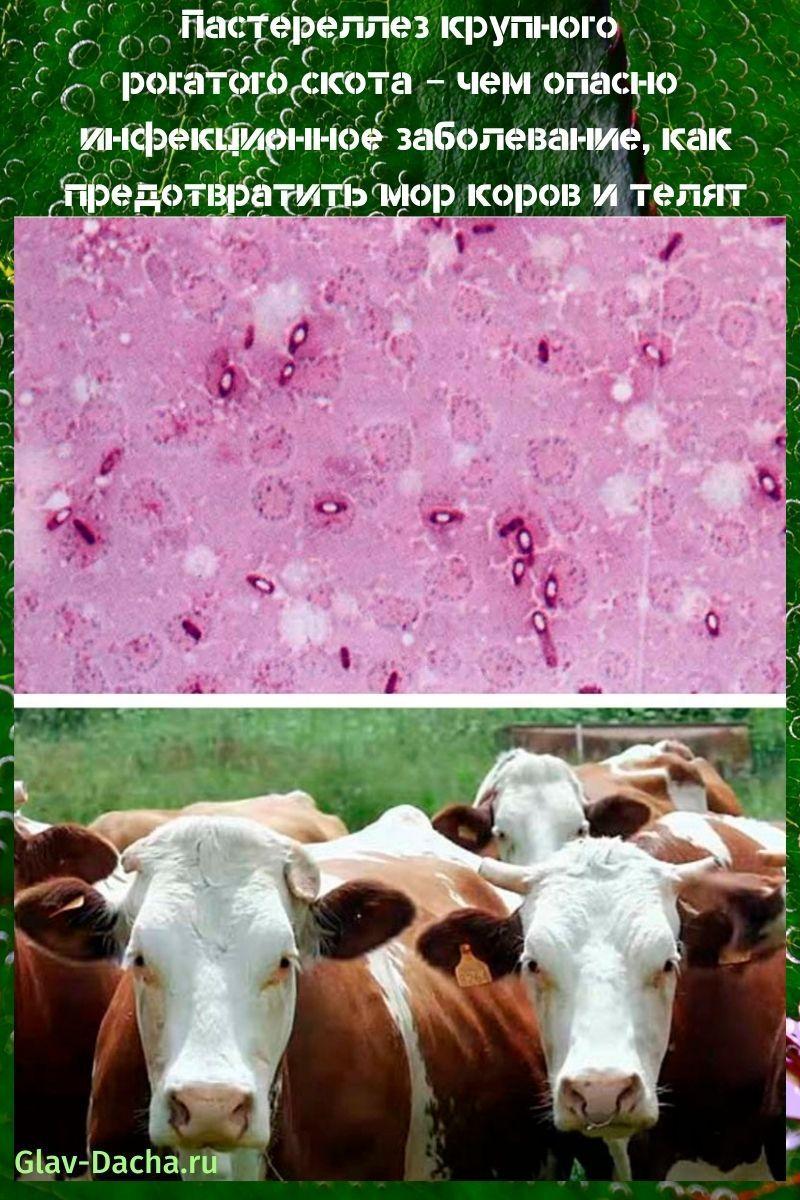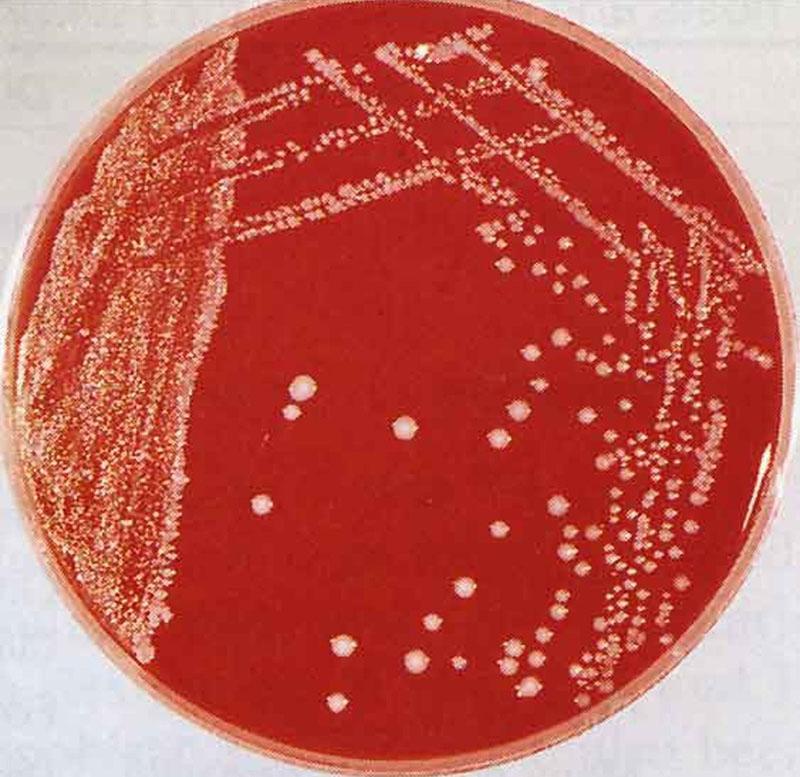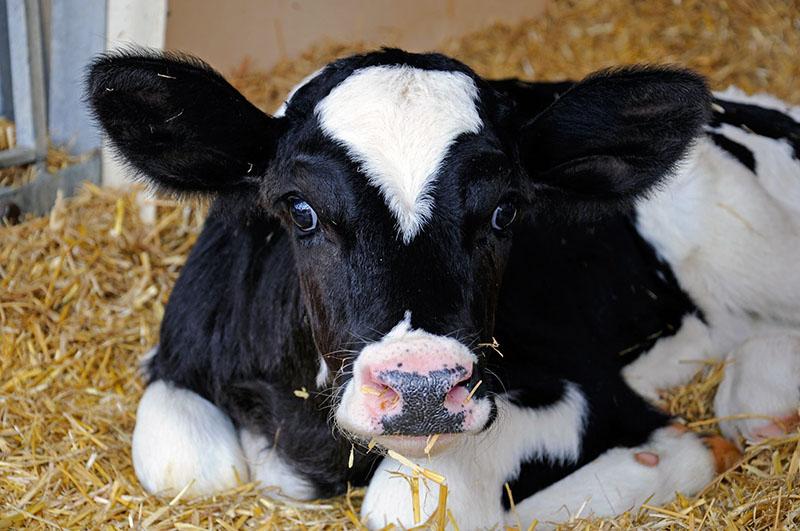Pasteurellosis of cattle - how dangerous is an infectious disease, how to prevent pestilence of cows and calves
 Pasteurellosis of cattle is a dangerous infectious disease. It is found in all countries of the world, spreads quickly and leads to the rapid death of a large number of livestock. Without timely preventive measures, including vaccination and compliance with sanitary and hygienic standards at livestock farms, the disease is fraught with a pandemic not only for animals, but also for humans.
Pasteurellosis of cattle is a dangerous infectious disease. It is found in all countries of the world, spreads quickly and leads to the rapid death of a large number of livestock. Without timely preventive measures, including vaccination and compliance with sanitary and hygienic standards at livestock farms, the disease is fraught with a pandemic not only for animals, but also for humans.
Features of the disease

 An animal can shed bacteria from several months to a year. They are transmitted through water, feed, litter. The spread of the disease is facilitated by non-compliance with the rules for keeping animals. Lack of feed, a large number of cattle in one pen, worm disease, high humidity.
An animal can shed bacteria from several months to a year. They are transmitted through water, feed, litter. The spread of the disease is facilitated by non-compliance with the rules for keeping animals. Lack of feed, a large number of cattle in one pen, worm disease, high humidity.
Calves and unvaccinated animals are most susceptible to Pasteurella. They are transmitted to humans.
The carriers of the pathogenic bacteria are pasteurella carriers. These are sick, dead and recovered animals (for some time). With close contact of carriers, up to 70% of healthy animals become ill.
Pasteurellosis in cows is seasonal. The peak of infection occurs in mid-summer and lasts until the end of autumn. At this time, ideal conditions are created for the spread of infection.
Varieties of cattle pasteurellosis
 The latent incubation period lasts from 5 hours to three days. After that, the disease manifests itself in acute, subacute, chronic, hyperacute forms.
The latent incubation period lasts from 5 hours to three days. After that, the disease manifests itself in acute, subacute, chronic, hyperacute forms.
In the acute course, the disease is characterized by croupous inflammation, pleurisy, and pulmonary edema.
The following symptoms of pasteurellosis are characteristic:
- loss of appetite;
- general depression;
- high temperature, more than 40 degrees;
- tachycardia, rapid breathing;
- cessation of lactation.
The hyperacute form is the most dangerous. In a short time, the animal dies. From the end of the incubation period to death, approximately 12 hours pass. Moreover, clinical signs often do not appear at all, which complicates the diagnosis and treatment of the disease. If the symptoms are manifested, then very sharply. In cows and calves, the temperature rises to 42 degrees, severe swelling and diarrhea appear with a large amount of blood in the stool. Pulmonary edema and heart failure develop very quickly, due to which the animal dies.
The subacute stage of pasteurellosis is characterized by a slow development of the disease (on average 2 weeks). Initially, the symptoms are smoothed out and do not appear brightly. Gradually, the symptoms of the disease increase.
Appear:
- dry cough;
- heat;
- intense thirst;
- loss of appetite;
- conjunctivitis;
- discharge of mucus from the nose, which quickly becomes purulent.
The chronic form is characterized by a long course (up to 5 weeks) and mild symptoms such as shortness of breath, complete loss of appetite, swelling of the joints of the extremities.
In subacute and chronic course, pasteurellosis is complicated by endometritis, arthritis, purulent pneumonia, followed by necrosis of lung tissue, keratoconjunctivitis, and energy.
The disease manifests itself in various forms (edematous, chest, intestinal). In this case, the thoracic form is supplemented by pleural pneumonia, in which pus is released from the nasal passages, breathing is very difficult, a dry cough appears, severe diarrhea with blood in the stool is observed, the amount of which gradually increases, when listening to the lungs, the sound of friction is heard.
The intestinal form is characterized by the weakness of the animal, refusal to eat, excessive consumption of water, rapid weight loss, cyanosis of the mucous membranes.
Edematous pasteurellosis is characterized by inflammation of the subcutaneous tissue. Manifested by swelling of the udder, neck, genitals. It is accompanied by the termination of lactation, difficulty in shallow breathing, followed by the development of asphyxia (suffocation), leading to the death of the animal.
Diagnostics and treatment
 Timely diagnostic measures are very important in pasteurellosis, because the disease spreads quickly and leads to the death of large numbers of cattle. This is fraught with the ruin of farms.
Timely diagnostic measures are very important in pasteurellosis, because the disease spreads quickly and leads to the death of large numbers of cattle. This is fraught with the ruin of farms.
Diagnosis of pasteurellosis is carried out on the basis of clinical manifestations, pathological and laboratory studies. Affected animals take samples of nasal discharge and a blood test. In the laboratory, smears are studied under a microscope, bacterial inoculation is done.
 If there are already dead cows or calves in the livestock farm, their corpses are removed, and an autopsy is carried out in a specially designated place, where the possibility of pathogenic bacteria entering the external environment is excluded.
If there are already dead cows or calves in the livestock farm, their corpses are removed, and an autopsy is carried out in a specially designated place, where the possibility of pathogenic bacteria entering the external environment is excluded.
Samples of liver, lymph nodes, lungs, spleen of the deceased animal are sent to the laboratory for bacteriological and microscopic examination. They must be removed no later than 5 hours after death and placed in a 40% glycerin solution. A pathogenic culture is isolated from the material and its belonging to Pasteurella is determined.
Be sure to carry out a comprehensive diagnosis, carefully study pasteurella under a microscope to distinguish pasteurellosis from diseases with similar symptoms (anthrax, pyroplasmidosis). This is necessary for the correct choice of therapy.
The development of a dangerous infection is evidenced by the following results of pathological studies:
- enlarged lymph nodes;
- accumulation of lymph and blood in the subcutaneous tissue;
- hemorrhages in the respiratory tract, intestines, lungs, heart, inflammation and swelling of various parts of the digestive tract.
Assistance rules
 If pasteurellosis is found in calves, treatment begins with isolating the sick animal from other relatives in a warm, dry and well-ventilated room. The same goes for adult cows bulls... They change the diet, giving preference to feeds with an optimally balanced composition. It should contain a lot of vitamins, minerals, nutrients, so that the animal recovers strength as it fights a serious infectious disease.
If pasteurellosis is found in calves, treatment begins with isolating the sick animal from other relatives in a warm, dry and well-ventilated room. The same goes for adult cows bulls... They change the diet, giving preference to feeds with an optimally balanced composition. It should contain a lot of vitamins, minerals, nutrients, so that the animal recovers strength as it fights a serious infectious disease.
 Drug treatment includes symptomatic drugs. They improve the functioning of all systems and organs affected by pasteurellosis. Pain relievers, diuretics, antipyretic drugs and drugs that restore the functioning of the digestive tract are used. Hyperimmune serum against pasteurellosis is used as a specific treatment.It is injected into a vein or intramuscularly and only at the dosage determined by the veterinarian after a complete examination of the animal.
Drug treatment includes symptomatic drugs. They improve the functioning of all systems and organs affected by pasteurellosis. Pain relievers, diuretics, antipyretic drugs and drugs that restore the functioning of the digestive tract are used. Hyperimmune serum against pasteurellosis is used as a specific treatment.It is injected into a vein or intramuscularly and only at the dosage determined by the veterinarian after a complete examination of the animal.
 Antibacterial drugs, such as streptomycin, biomycin, chloramphenicol, are prescribed to eliminate inflammation and developing pasteurella. To maintain the vitality of livestock, intravenous glucose injections are prescribed. The treatment lasts in each case in different ways, but it is necessary until the animal is fully recovered.
Antibacterial drugs, such as streptomycin, biomycin, chloramphenicol, are prescribed to eliminate inflammation and developing pasteurella. To maintain the vitality of livestock, intravenous glucose injections are prescribed. The treatment lasts in each case in different ways, but it is necessary until the animal is fully recovered.
Prevention
 The best way to control bovine pasteurellosis is prevention.
The best way to control bovine pasteurellosis is prevention.
Livestock breeders should take care of the following aspects of caring for their cattle:
- Acquisition of new animals only in proven farms, with a favorable epidemiological situation.
- Placement of newly acquired heads for 30 days in separate premises for quarantine, for the purpose of examination and vaccination.
- Providing balanced quality cattle feed.
- Carrying out regular disinfection work in premises where livestock is kept, including the treatment of feeders, drinkers, working equipment with slaked lime, caustic soda solution, hot creolin.
An inactivated emulsified vaccine against cattle pasteurellosis is used as a means of prevention in dysfunctional livestock farms, where the risk of spreading infectious diseases is very high. It is a homogeneous emulsion. It is administered intramuscularly to calves on the 25th day of life once or twice - on the 8-12th day and again on the 15-21th. Adult cows are vaccinated 25-40 days before the expected calving.
In case of mass infection of cattle with pasteurellosis, the owner of a livestock farm must notify the Sanitary and Epidemiological Service in order to prevent the spread of a dangerous infection to other farms. If there is a suspicion of a disease of one or more cows, they are immediately separated into an isolator and a veterinarian is called to examine the animal.
Pasteurellosis of cattle is a dangerous and common animal disease. He in the shortest possible time can significantly reduce the number of cows and calves, ruining the farm. Therefore, it is so important to carry out preventive measures, and if signs of illness are detected, immediately seek help from a professional veterinarian. Any attempt to independently solve such a complex problem will only aggravate the situation.